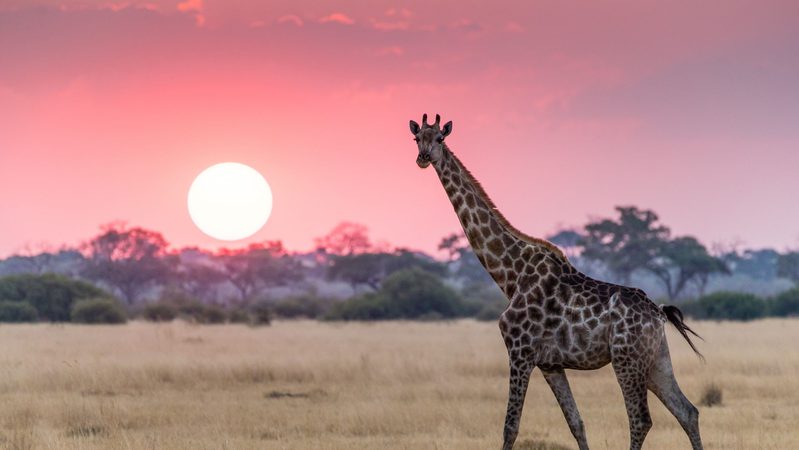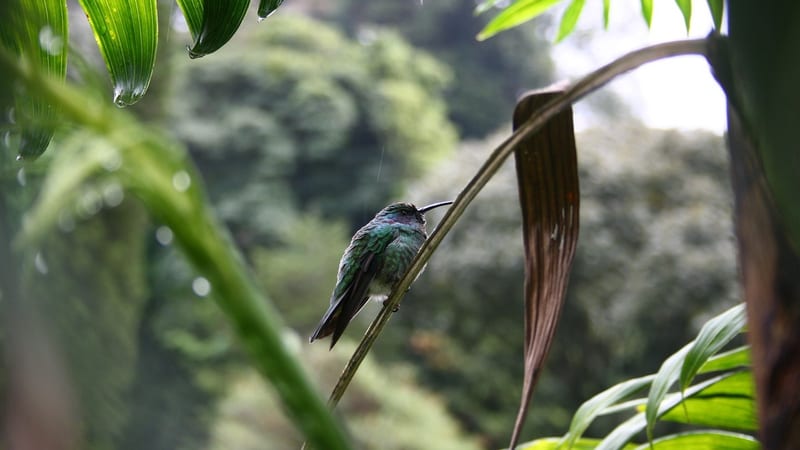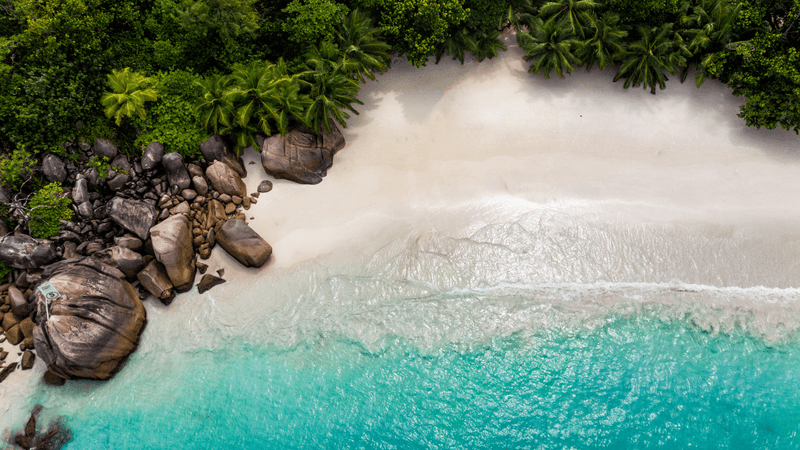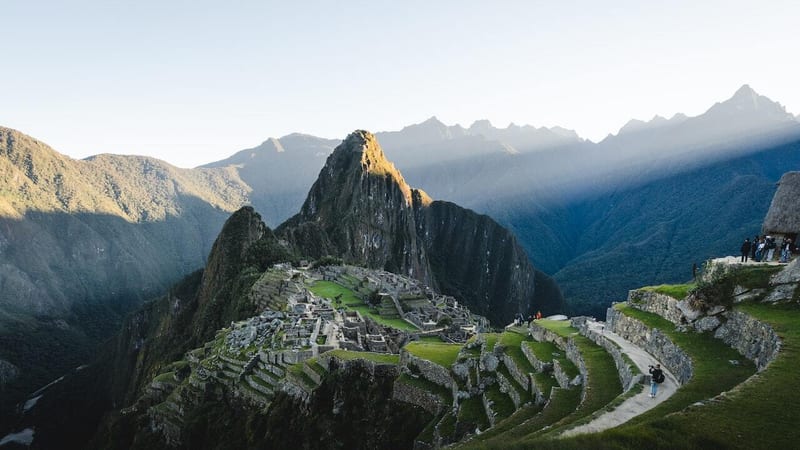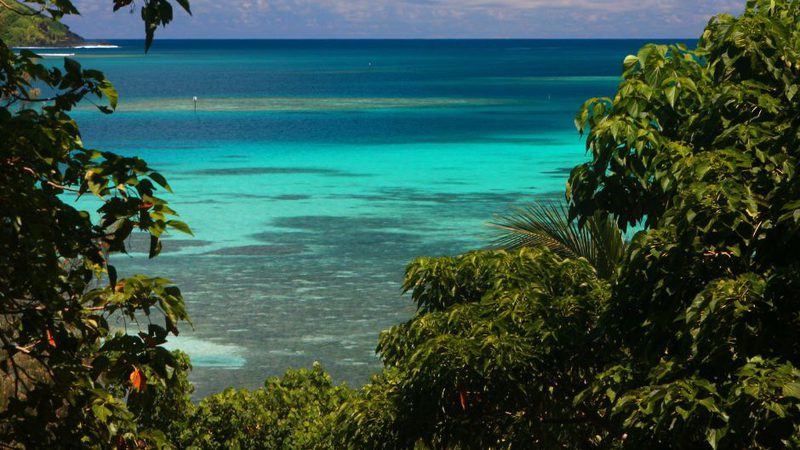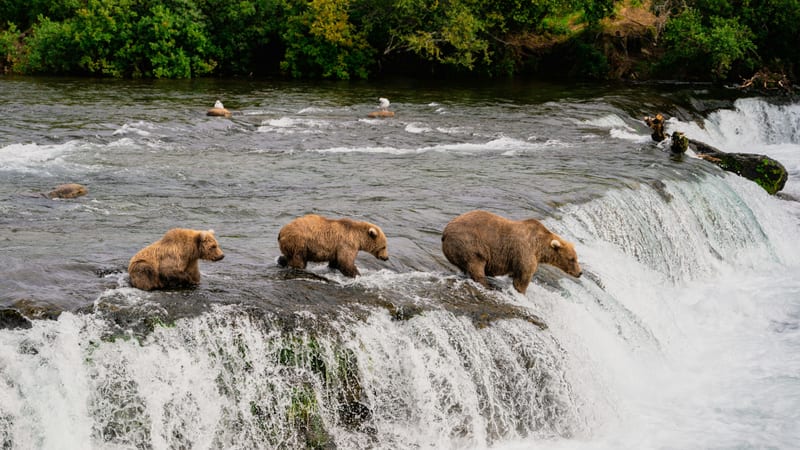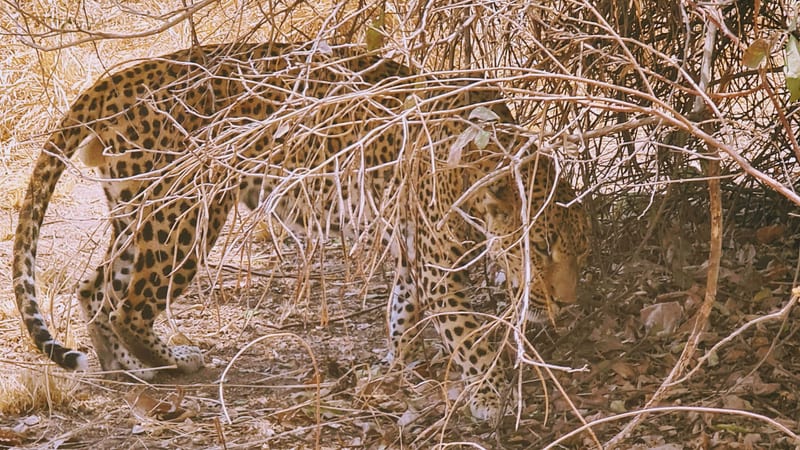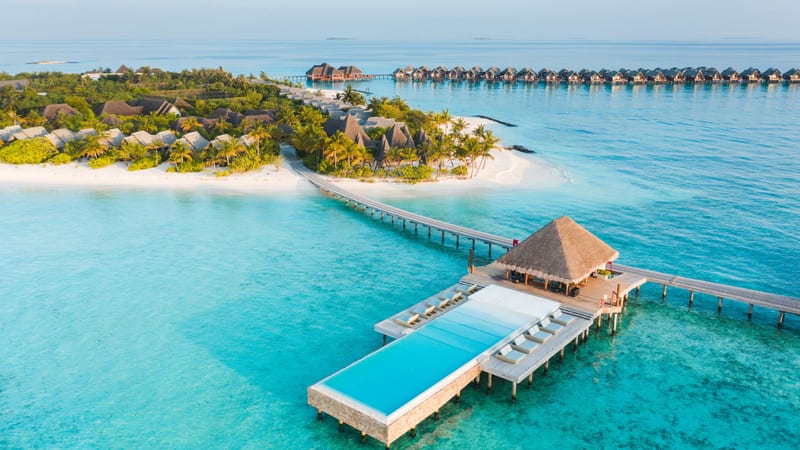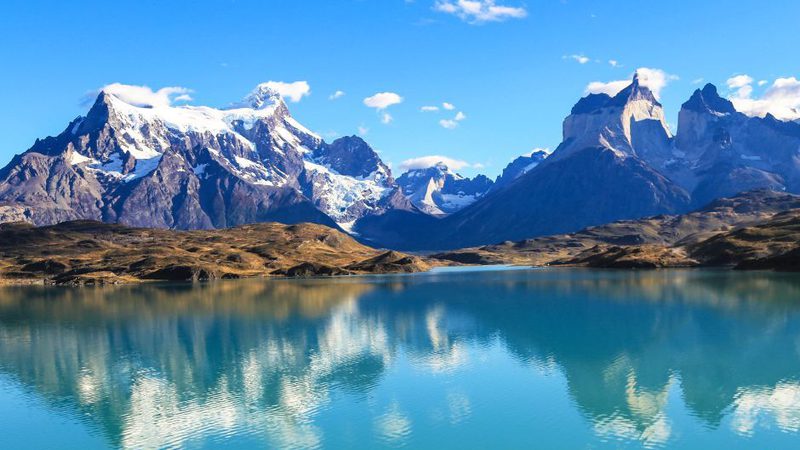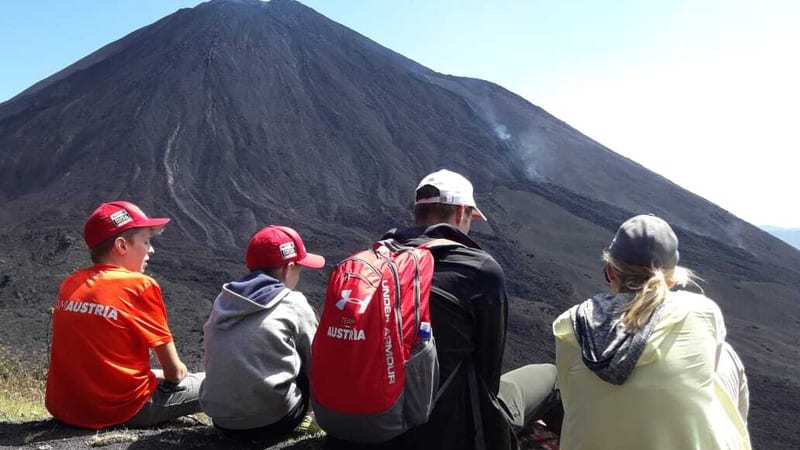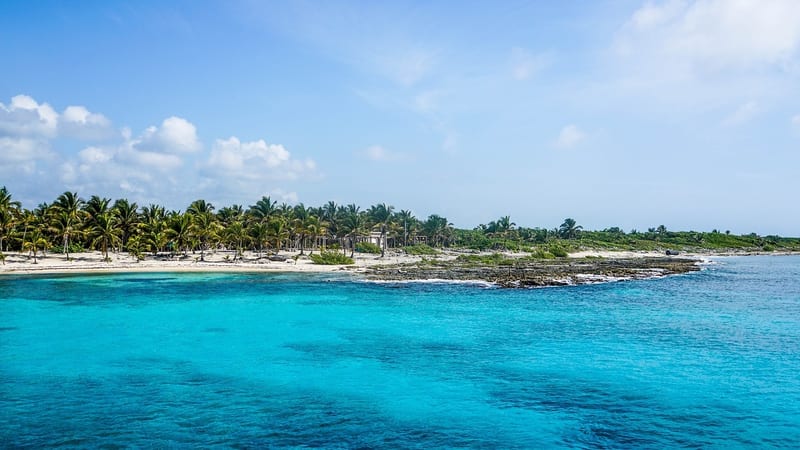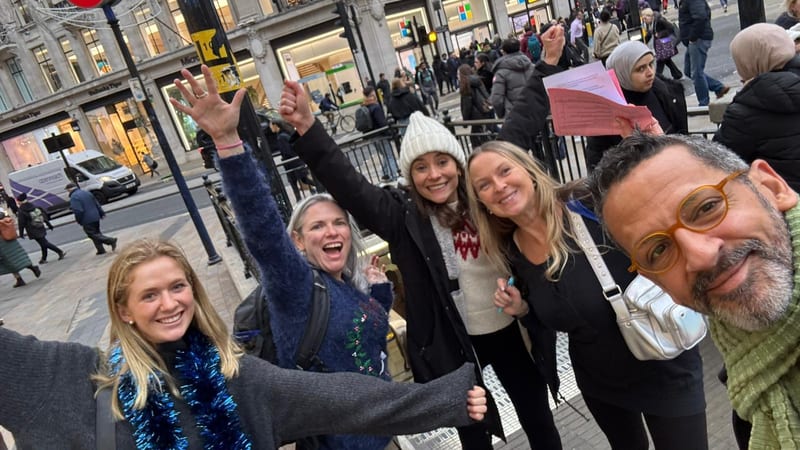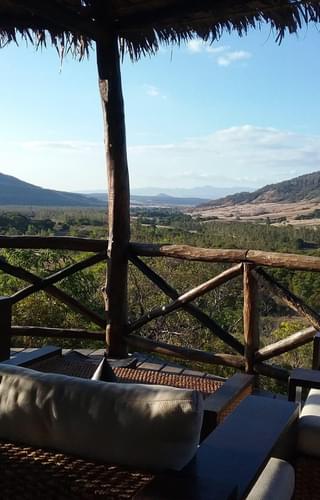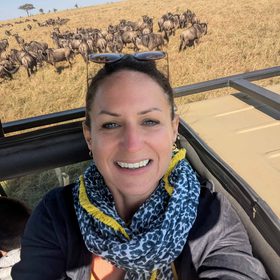Surrounded by beautiful mountains and forests with a fascinating array of wildlife
Part of the ‘Friendly Camps’ group, which includes the highly-rated camp Amoureux near Kirindy, and managed by the NGO FANAMBY and Saha Camp in the Anjozorobe-Angavo rainforest corridor. This new property is receiving good feedback, including from our Malagasy partners: Toky Andriamora and Lalaina Ramaroson who conducted a detailed site visit. The camp is is close to Anjahakely village in the Diana region around three and a half to four hours south of Diego Suarez airport by 4-wheel drive vehicle, along a poor (bumpy with potholes in places) road (RN6). The locally- managed protected area, Andrafiamena Andavakoera, covers some 30,000ha of deciduous, transition and humid forest habitat (there are also caves and savannah) and its flagship mammal is the all Black Perrier’s Sifaka, one of the world’s 25 most endangered primates. Six other lemur species, many endemic birds and ‘herps’ (reptiles and amphibians) are resident.
10 spacious bungalows (most completed in 2017) are spotlessly clean, simple and tastefully decorated with queen-sized beds (mosquito netting provided) and en-suite facilities (modern shower and loo). All were built using locally-sourced materials. Eight rooms are tented and two-family bungalows are more solid structures. The main building houses the restaurant and bar on an elevated deck with comfortable wicker furniture and from where there are marvellous views over the surroundings. Solar panels are used for energy so there is electricity 24/7. Recharging of phones and camera equipment is done in the main reception area.
To see the sought-after and very rare, range-restricted Black Sifakas along with Crowned lemur and Northern sportive lemur, the main trail takes about 45 minutes up a hillside followed by a walk for 15-20 minutes deeper into the forest to reach the Sifakas’ home territories. We recommend a two or three night stay here as part of the northern parks circuit – it is ideally followed by a visit to the Tsingy Rouge at Irodo and then Ankarana Special Reserve.
Best places to stay in Amber Mountain National Park
Madagascar Trip Inspiration
When to go to Madagascar
Find out the best time to visit Madagascar with our month by month guide.
- Best
- Good
- Mixed
- Jan
- Feb
- Mar
- Apr
- May
- Jun
- Jul
- Aug
- Sep
- Oct
- Nov
- Dec
January
The cyclone season in Madagascar is between January and March, which means it's hot and wet and isn't the best time of year to travel. The east coast is generally wetter than the west or south.
February
February is the wettest month, with heavy downpours and the risk of cyclones making travel difficult, and wildlife hard to spot.
March
March remains hot and wet, with high humidity making travel uncomfortable. The south is generally a bit drier and the roads more manageable than the north
April
May
The rains have left the landscapes looking green and lush, and now is a great time to try and spot the famous lemurs. The tourists haven't yet arrived en-masse so accommodation is cheaper and easier to find. There are still a few rain showers, but sun prevails, making May an excellent overall choice for travel.
June
With the rain finally subsiding, the air becomes fresh and cool, with sunshine and just a few showers punctuating the day. It's a great time to travel across much of the country, and still outside of peak season it's easier to find accommodation at good prices.
July
July is the beginning of the peak season, with dry weather and lower temperatures meaning this is a great time to go trekking or explore the rainforests. Lemurs and other forest dwellers have come out of hiding, and humpback whales gather to calve offshore, with sightings frequent between now and September. July is one of the best times to visit Madagascar.
August
August is similar to July, with comfortably cool temperatures and sunny skies. It's another good month for whale watching, and for exploring Madagascar's many regions.
September
Want to see a baby lemur? Now is the time to visit, when lemurs give birth. The cooler weather is at an end, and temperatures begin to rise, bringing with them a few showers in anticipation of the approaching rainy season. It's quieter than July and August, and therefore an ideal month to visit Madagascar. Whale watching is still on the cards too.
October
Baby lemurs are still hopping around during October, and the warmer weather means it's an excellent time for the beaches and snorkelling in the turquoise ocean. Keep an eye out for the blooming purple jacarandas, and see if you can spot fossas in the western forests.
November
Increasing temperatures around Madagascar mean hot days, but the arrival of short rain showers helps cool things down. Wildlife is very active during November, so it's a great time for lemur spotting, as well as birds during their breeding season.
December
December is the start of the wet season in Madagascar, with high temperatures (the hottest of the year) and short, sharp rain showers. It's a bit cooler and drier in the south west of the island. It's a quieter time to travel, and if you visit at the beginning of the month, the beaches will still be glorious.
Speak to a Madagascar expert today
and start planning your tailor-made holiday

Alistair


